22 Famous Scientists Who Changed How We View the World (and the Universe)
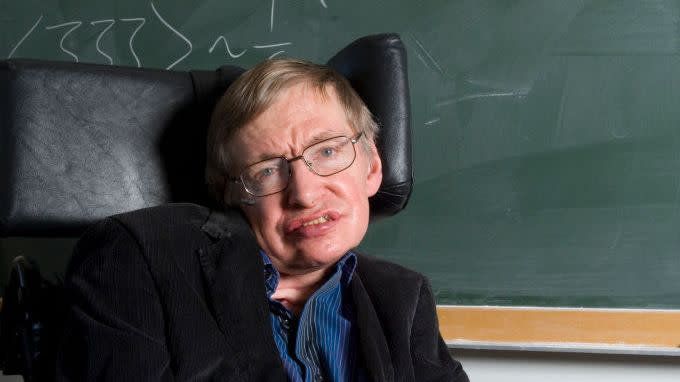
- Oops!Something went wrong.Please try again later.
- Oops!Something went wrong.Please try again later.
- Oops!Something went wrong.Please try again later.
- Oops!Something went wrong.Please try again later.
- Oops!Something went wrong.Please try again later.
- Oops!Something went wrong.Please try again later.
- Oops!Something went wrong.Please try again later.
"Hearst Magazines and Yahoo may earn commission or revenue on some items through these links."
From the earliest civilizations to the modern age, humans have endlessly strived to better understand ourselves and the world around us. For some of the world’s greatest scientific minds—like Galileo, Nikola Tesla, Marie Curie, and Albert Einstein—this curiosity led to inventions and discoveries that have shaped all facets of life.
Whether it’s a medicine that has saved countless lives or an equation that helped propel the evolution of energy and technology, these breakthroughs arose from the scientific method of observation and experimentation.
Here are 22 of the most famous scientists from the 15th century to today and how their crucial contributions in many fields of study still impact us.
Nicolaus Copernicus
Astronomer and mathematician
1473-1543
For centuries, people incorrectly believed the Earth was the center of the universe. Copernicus theorized otherwise, with the belief that the size and speed of a planet’s orbit depended on its distance from the centralized sun.
Rather than a breakthrough, however, Copernicus’ hypotheses were met with controversy as they deviated from the beliefs of the Roman Catholic Church. The church even outright banned his research collection, On the Revolutions of the Heavenly Spheres, in 1616 long after the German scientist’s death.
Learn More About Nicolaus Copernicus
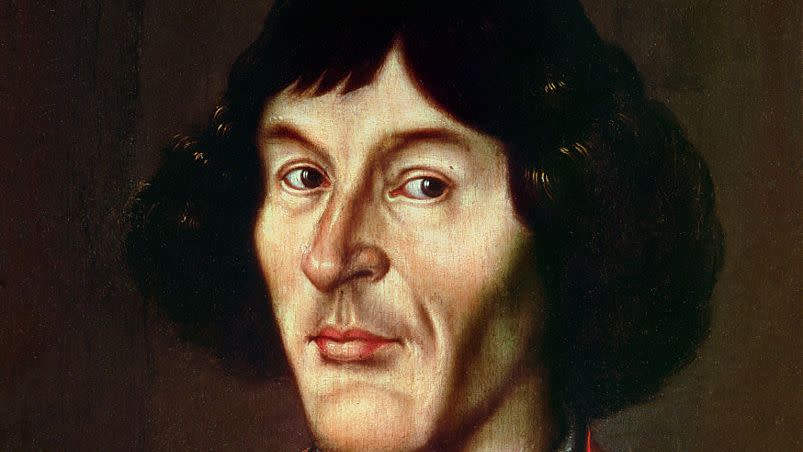
Galileo Galilei
Physicist and astronomer
1564-1642
Galileo changed how we literally see the world by taking early telescopes and improving their design. The Italian scientist made lenses capable of magnifying objects twenty-fold.
When Galileo used his tools to look toward the heavens, he discovered Jupiter’s four largest moons, now named in his honor, and stars far off in the Milky Way not visible to the human eye. His findings built the foundation for modern astronomy.
Learn More About Galileo Galilei
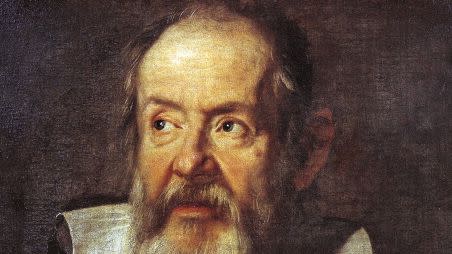
Robert Hooke
Astronomer, physicist, and biologist
1635-1703
Englishman Hooke coined the term “cell,” now known as the basic structural unit of all organisms, in his 1665 book Micrographia after observing the cell walls in slices of cork tissue. But his studies weren’t limited to biology. He is famous for Hooke’s Law, which states that the force required to compress or extend a spring is proportional to the distance of compression or extension. He also helped redesign London buildings destroyed by the city’s “Great Fire” in 1666.
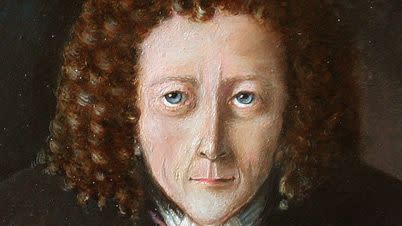
Sir Isaac Newton
Physicist and mathematician
1643-1727
You probably know about Newton’s three laws of motion, including that objects will remain at rest or in uniform motion unless acted upon. But did you also know his theory of gravity allowed the Englishman to calculate the mass of each planet and Earth’s ocean tides? Although Albert Einstein would later improve on some of his theories, Newton remains one of the most important minds in history.
Fun fact: Newton’s mother tried to pull him out of school at age 12 to become a farmer. Seems like a good thing that plan fell through.
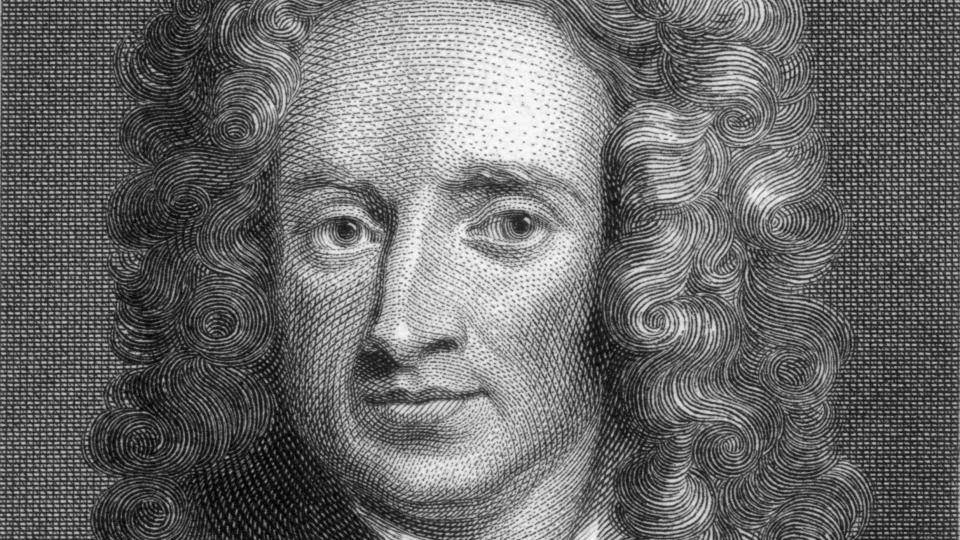
Charles Darwin
Biologist
1809-1882
Growing up in Great Britain, Darwin was raised in a Christian family and held creationist beliefs. That’s not what you’d expect from the man whose landmark 1859 book On the Origins of Species by Means of Natural Selection provided a detailed description of the theory of evolution. In his writings, he outlined his natural selection concept, in which species that evolve and adapt to their environment thrive while the others perish.
Learn More About Charles Darwin

Ada Lovelace
Mathematician and computer scientist
1815-1852
A computer scientist in the 1800s? Yes—Lovelace’s notes and instructions on mentor Charles Babbage’s “analytical engine” are considered a breakthrough on the path to modern computers. For example, the London-born Lovelace first theorized a process now called looping, in which computer programs repeat a series of instructions until a desired outcome is reached.
Although her contributions weren’t recognized until the 20th century, her legacy was forever cemented in 1980 when the U.S. Department of Defense named the new computer language Ada in her honor.
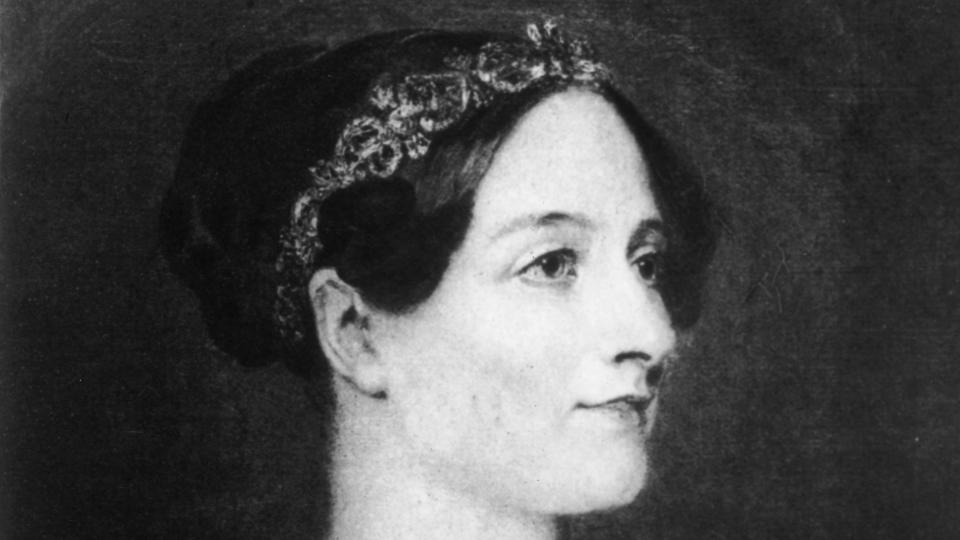
Gregor Mendel
Geneticist
1822-1884
Mendel, from Austria, became an Augustinian monk and an educator, instead of taking over his family’s farm as his father wished. His growing skills did pay off, as Mendel used pea plants to study the transmission of hereditary traits. His findings that traits were either dominant or recessive and passed on independently of one another became the foundation for modern genetic studies.
Learn More About Gregor Mendel

Louis Pasteur
Chemist and microbiologist
1822-1895
Pasteur used his observations of microorganisms to suggest hygienic methods we take for granted today, like sterilizing linens, dressings, and surgical instruments. The process of treating food items with heat to kill pathogens—known as pasteurization—also bears his name.
However, the French scientist is arguably most renowned for his efforts in creating vaccines for diseases such as cholera, smallpox, anthrax, and rabies. He worked on the rabies vaccine despite suffering from a severe brain stroke in 1868.
Learn More About Louis Pasteur
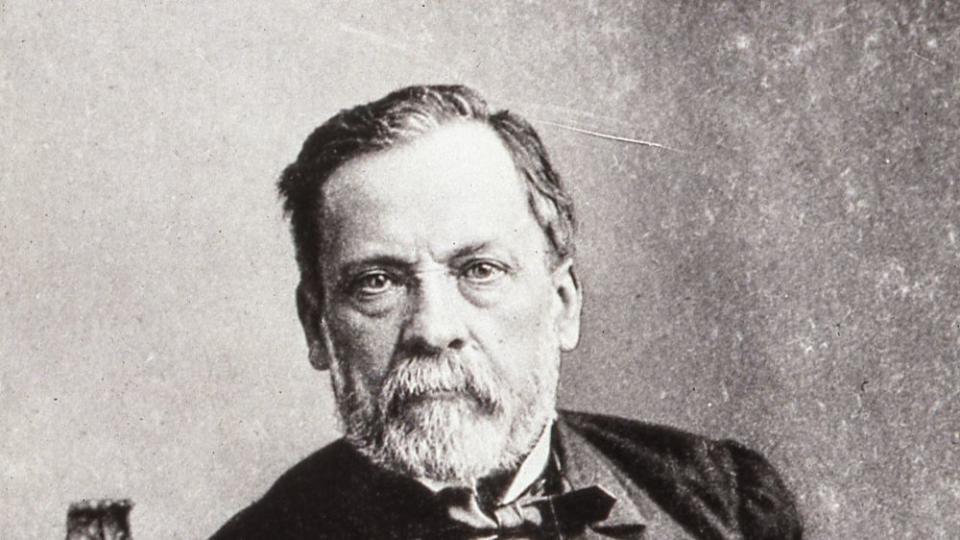
Sigmund Freud
Psychologist
1856-1939
Although his research initially focused on neurobiology, Freud—who was born in what is now the Czech Republic but grew up in Austria—became known for his psychoanalytic theory that past traumatic experiences caused neuroses in patients. He also proposed the ideas of the id, ego, and superego as the three foundations of human personality and that dreams were a method of coping with conflicts rooted in the subconscious.
Learn More About Sigmund Freud
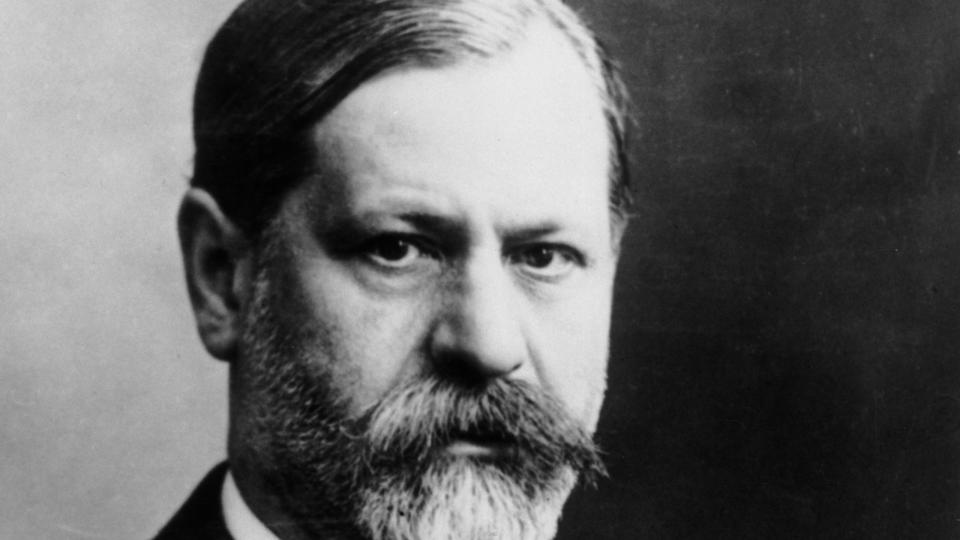
Nikola Tesla
Physicist and mathematician
1856-1943
Chances are you’re reading this in a lit room. If so, you have the Croatia-born Tesla to thank. He designed the alternative current, or AC, electric system, which remains the primary method of electricity used throughout the world (rival Thomas Edison created a direct current system).
Additionally, his patented Tesla coil used in radio transmission antennas helped build the foundation for wireless technology. The scientist also helped pioneer remote and radar technology.
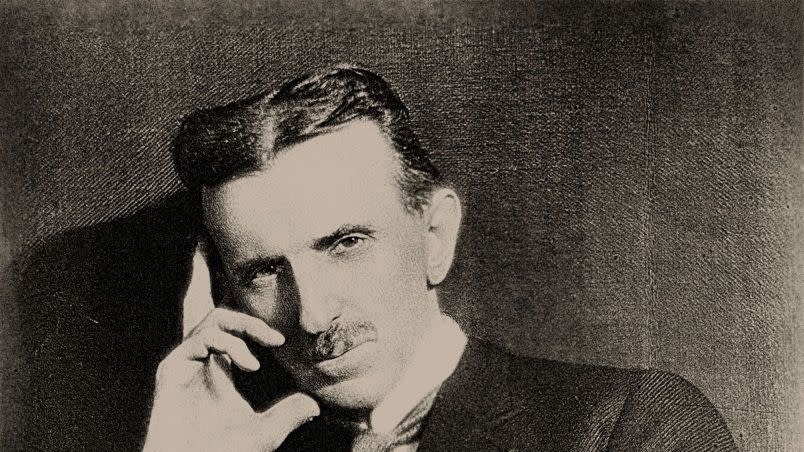
George Washington Carver
Botanist and agricultural scientist
Circa 1864-1943
Washington Carver is best known for his work with the peanut plant. Born into slavery, the Missouri native developed more than 300 uses for it—including shaving cream, shampoo, plastics, and of course, recipes for foods like bread and candies. But he also looked out for farmers by teaching them livestock care and cultivation techniques. Washington Carver built fruitful friendships with major figures like automaker Henry Ford, whom he worked with to create a soybean-based alternative to rubber and an experimental lightweight car body.
Learn More About George Washington Carver
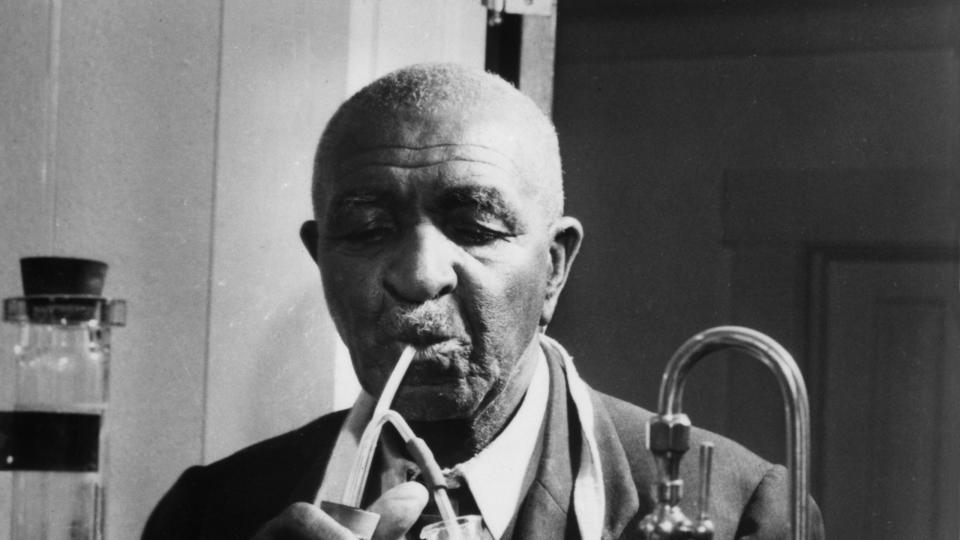
Marie Curie
Physicist and chemist
1867-1934
Curie, originally from modern-day Poland, was the first woman to win a Nobel Prize—in physics—and also became the first person to win two Nobel prizes.
The scientist, with the help of husband Pierre Curie, discovered radioactivity and the elements polonium and radium. She also championed the use of portable X-ray machines on the battlefields of World War I. Curie died from aplastic anemia, likely caused by her exposure to radiation.
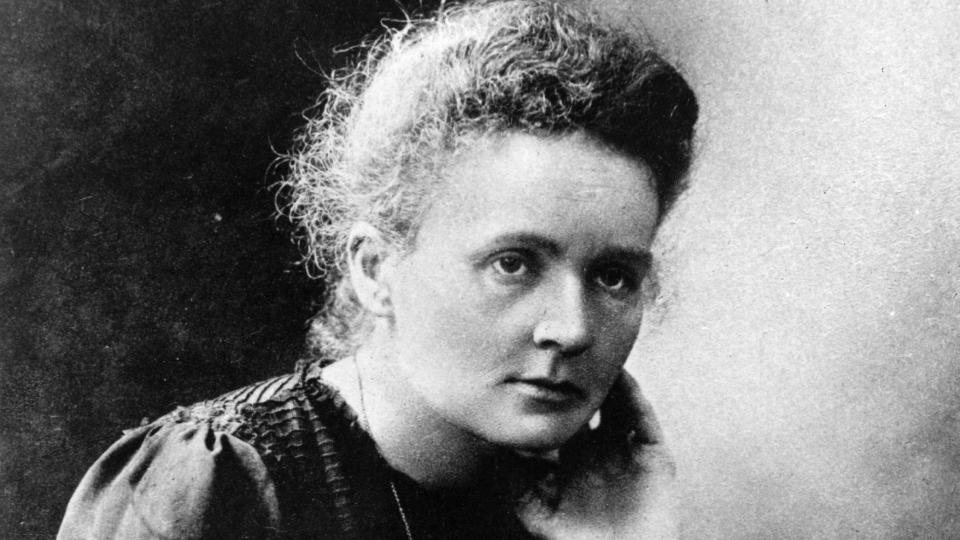
Albert Einstein
Physicist
1879-1955
In addition to his frizzy hair and reported distaste for wearing socks, Einstein became famous for his theory of relativity, suggesting that space and time are intertwined. And, of course, the famous equation E=MC², which showed that even the tiniest particles can produce large amounts of energy.
The German scientist was also a champion for civil rights, once calling racism a “disease.” He joined the National Association for the Advancement of Colored People in the 1940s.
Learn More About Albert Einstein
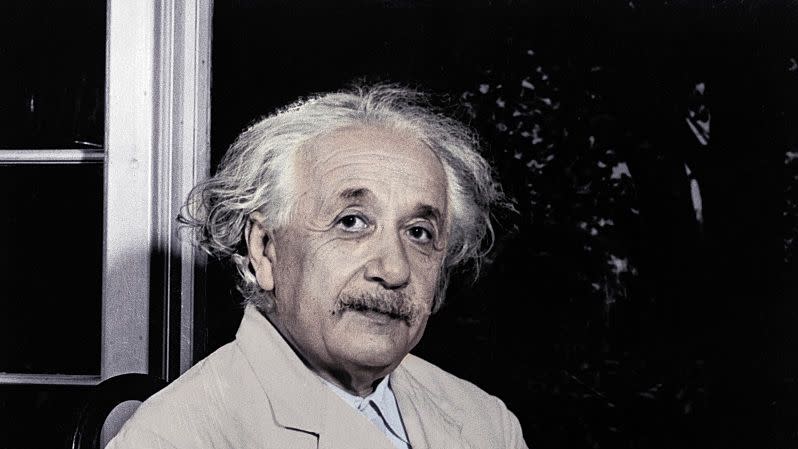
Niels Bohr
Physicist
1885-1962
Bohr studied and played soccer at Denmark’s University of Copenhagen before embarking to England to work with J.J. Thomson, who discovered the electron. Bohr proposed an entirely different model of the atom, in which electrons can jump between energy levels. This helped pave the way for quantum mechanics.
Bohr was also a key contributor to the Manhattan Project, in which the United States developed an atomic bomb during World War II. Bohr worked with project director J. Robert Oppenheimer, the subject of the 2023 biopic Oppenheimer.
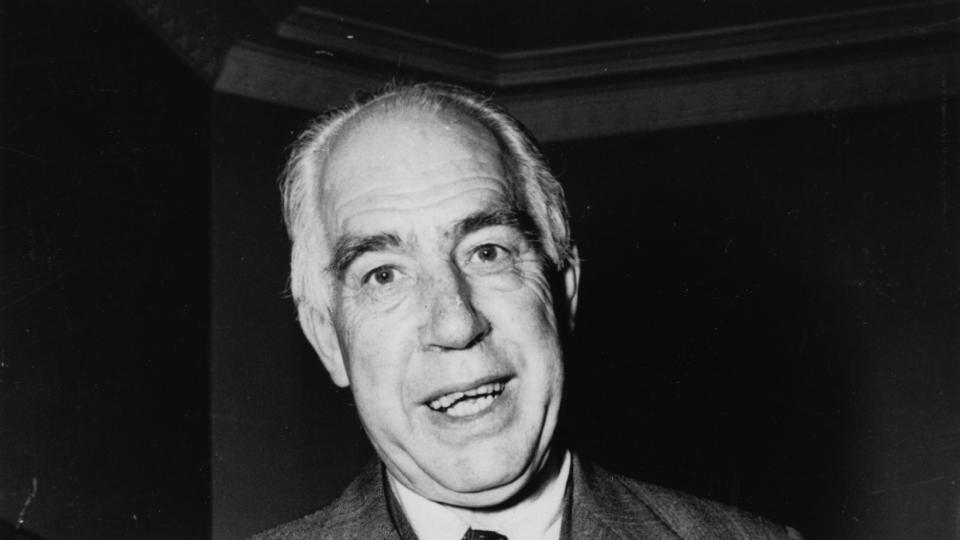
Rachel Carson
Biologist
1907-1964
Carson penned the famous book Silent Spring in 1962. The American scientist’s research on the adverse effects of DDT and other pesticides in nature is credited with beginning the modern environmental movement. Soon after the book’s release, the Environmental Protection Agency was established in 1970, and the use of DDT was banned by 1972. Carson, who died of breast cancer, posthumously received the Presidential Medal of Freedom in 1980.
Learn More About Rachel Carson
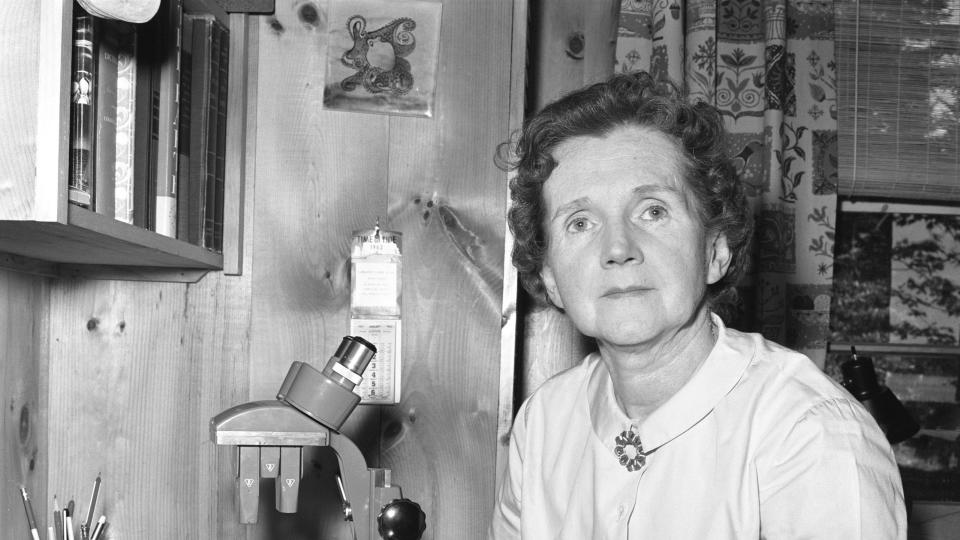
Alan Turing
Computer scientist and mathematician
1912-1954
A skilled cryptanalyst, Turing helped decipher coded messages from the German military during World War II. The British mathematician is also considered the father of computer science and artificial intelligence, with his Turing Test purported to measure a machine’s ability to exhibit behaviors comparable to human beings.
Turing’s life and efforts during the war were the basis for the 2014 movie The Imitation Game, starring Benedict Cumberbatch.
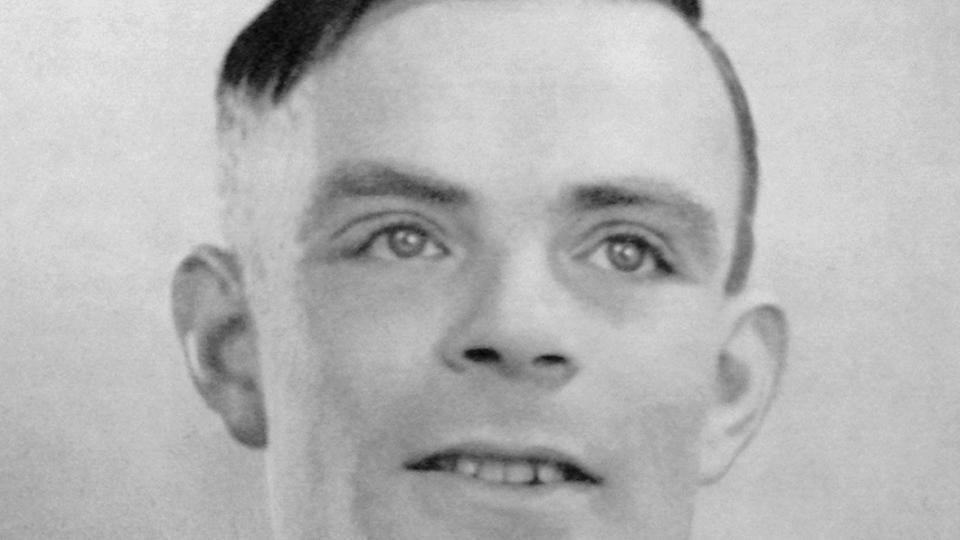
Gertrude B. Elion
Biochemist and pharmacologist
1918-1999
Elion, who won the Nobel Prize in Physiology or Medicine in 1988, developed 45 patents in medicine throughout her remarkable career. Hired by Burroughs-Wellcome (now GlaxoSmithKline) in 1944, the American soon went on to develop a drug, 6-MP, to combat leukemia. In 1977, she and her team created the antiviral drug acyclovir that debunked the idea that any drug capable of killing a virus would be too toxic for humans. It’s used to treat herpes, chickenpox, and shingles.
Learn More About Gertrude B. Elion
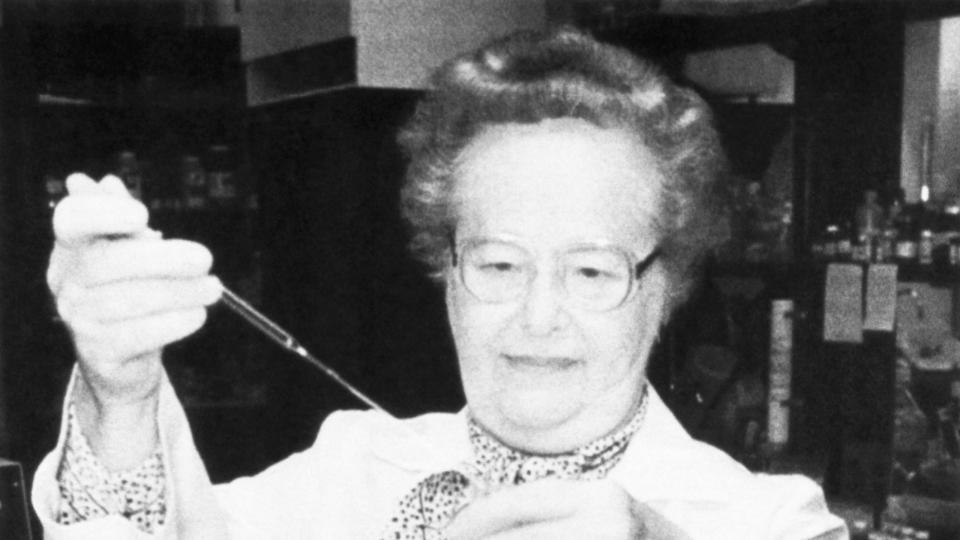
Katherine Johnson
Mathematician
1918-2020
Each of NASA’s early milestones—from sending an astronaut, Alan Shepard, to space for the first time in 1961, to Neil Armstrong and the Apollo 11 crew landing on the moon eight years later—were all possible because of Johnson. The West Virginia native helped perform the mathematical calculations necessary to determine their correct flight paths.
In a show of gratitude, NASA named a building at its Langley Research Center in Virginia after Johnson in 2017. Her inspiring true story was told in the 2016 movie Hidden Figures, with Taraji P. Henson playing her on the big screen.
Learn More About Katherine Johnson
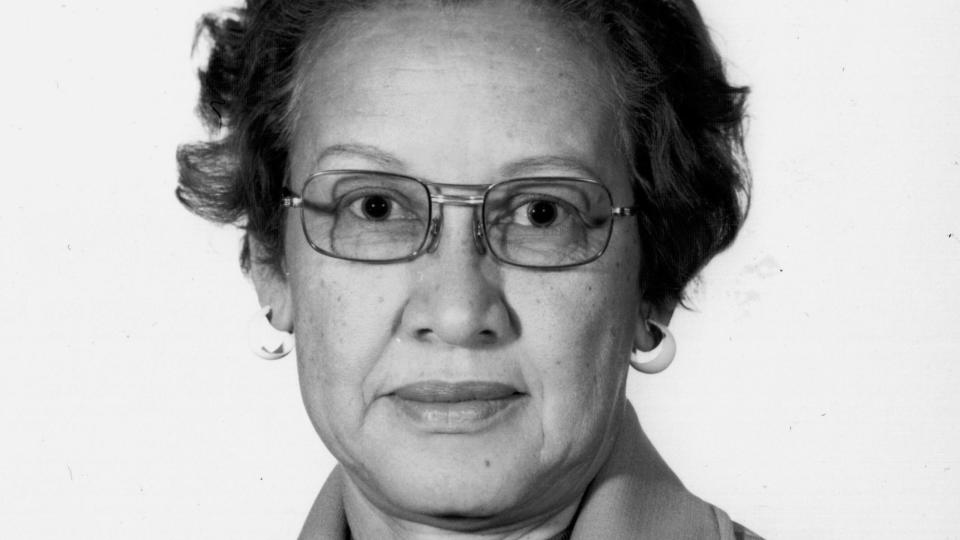
Rosalind Franklin
Chemist and biophysicist
1920-1958
Franklin began working at King’s College London in 1951 and used X-ray diffraction techniques to find that human DNA had two forms: a dry “A” form and wet “B” form. However, Franklin’s discovery was overlooked after a colleague leaked her findings to scientists Francis Crick and James Watson. That pair went on to create the double helix model for DNA structure. Franklin died from ovarian cancer at age 37.
Learn More About Rosalind Franklin
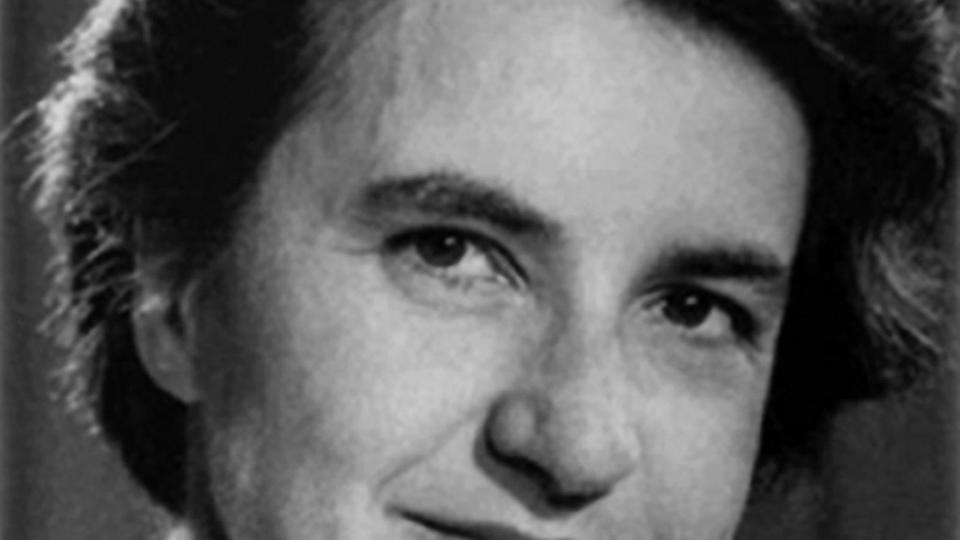
Jane Goodall
Primatologist
1934-present
Goodall’s extensive study of chimpanzees has helped us understand how similar humans are to our evolutionary relatives. After arriving in Tanzania in 1960, the British scientist discovered chimps create and use tools, develop complex language and social systems, and aren’t exclusively vegetarian as once believed.
Once she understood chimpanzees, Goodall turned her efforts to preserving their habitats and preventing unethical treatment of the animals in scientific experiments.
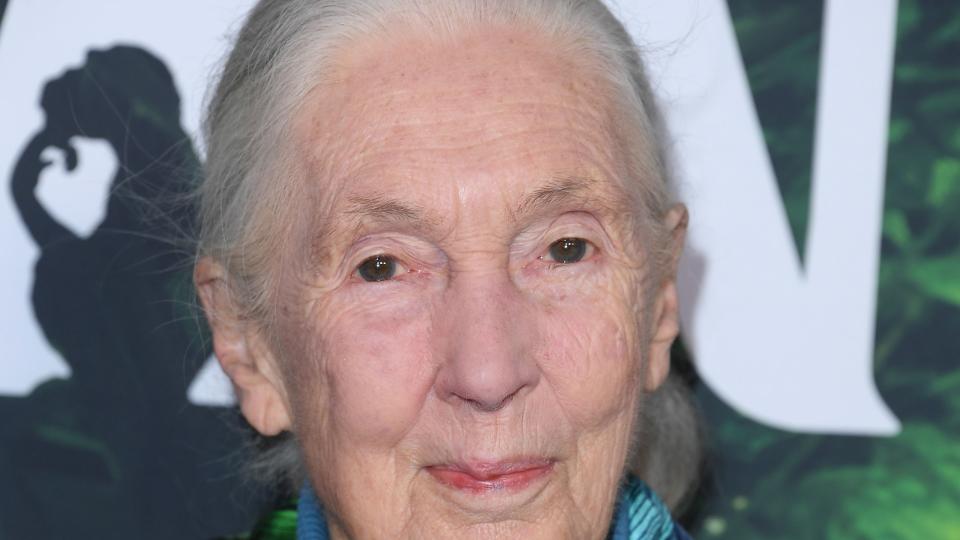
Stephen Hawking
Physicist and cosmologist
1942-2018
Hawking overcame a 1963 diagnosis of ALS, commonly known as Lou Gehrig’s disease, to become one of the most impactful scientists of the last century. Together with mathematician Roger Penrose, he showed that the Big Bang must have started from an infinitely small point, or singularity. The British scientist is also known for his study of black holes, with the radiation they emit now known as Hawking radiation.
Actor Eddie Redmayne played Hawking in the 2014 biopic The Theory of Everything about the famous scientist’s life.
Learn More About Stephen Hawking
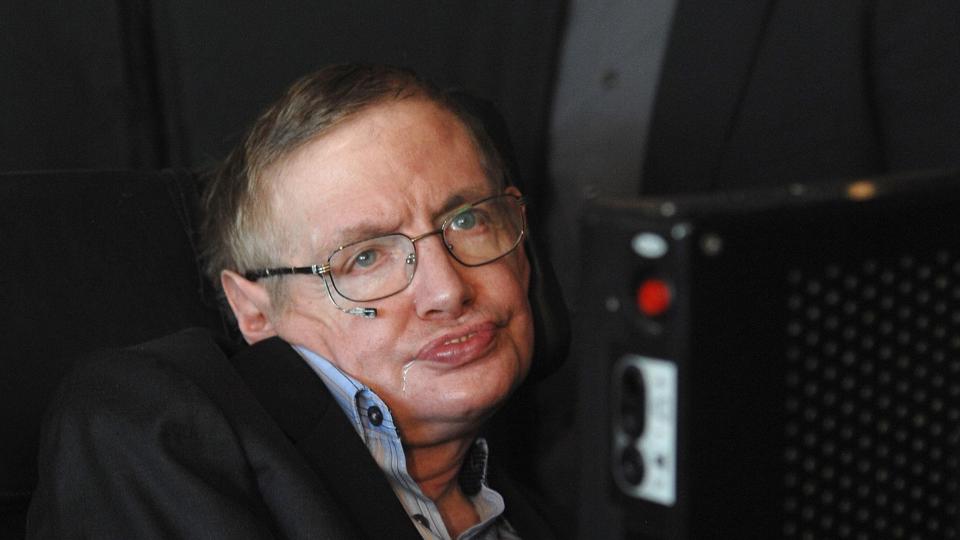
Neil deGrasse Tyson
Astrophysicist
1958-present
Tyson is one of the most identifiable scientists working today. Having served as the host of the PBS series NOVA ScienceNOW and appearing in other TV programs, the New York City native is known for making complex theories and phenomena understandable to a mass audience.
While directing the Hayden Planetarium at the American Museum of Natural History, Tyson was one of the first to identify Pluto as a dwarf planet. The International Astronomical Union eventually agreed and reclassified the former planet in 2006.
Learn More About Neil deGrasse Tyson
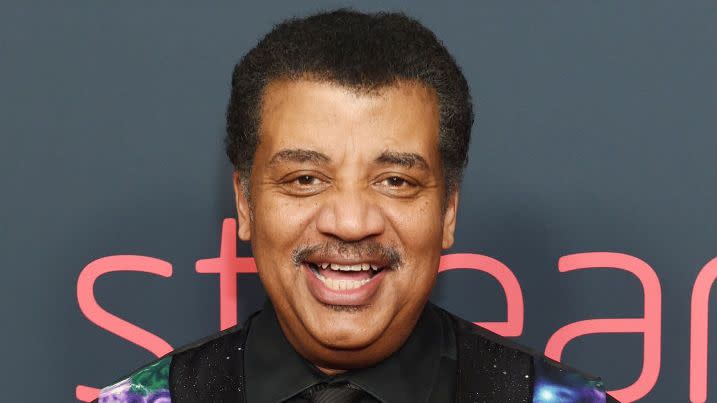
You Might Also Like

